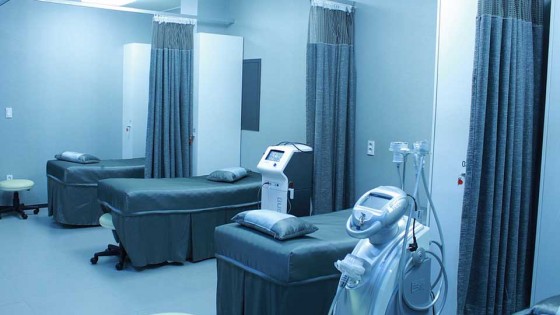By Hayden Allen-Vercoe, COO of Orbital Media
Just a few years ago, the phrase ‘virtual reality’ would conjure up images of high tech gamers. Today, it’s a very different story. With billions of pounds of investment and half of Silicone Valley now focussed on rolling out VR/AR, it’s time to take the opportunities in this sector very seriously as a marketer.
Cost effective hardware
Over the next two years the industry will be driven by accessibility and affordability of the hardware itself. To date, consumers have been limited on choice, with early adopters splashing out thousands to be the first to jump on the wagon. But there are cost effective alternatives that the mass market is certainly warming to, namely utilising their mobile devices within a built for purpose headset – take Google Daydream and Samsung Gear for example.
Social media will drive VR
Facebook picked up Oculus for a reason. They predicted the VR trend and will play a huge part in making it a daily reality for many of us with the official launch of their Virtual World Project, which has all the signs of changing the way we communicate with each other.
How will brands get involved
We are already seeing big brands incorporate VR into their marketing campaigns, although arguably, right now it’s to drive publicity rather than generate any decent level of return, namely due to the lack of consumer education and accessibility to hardware.
Last Christmas we saw John Lewis give shoppers the chance to virtually bounce along with the animals from its Christmas advert, with the VR aspect being seen as the ‘cherry on the top’ of this huge integrated campaign. This was a great extension, but it’s where consumer experience is a key marketing tool for a brand that this technology comes into its own. The leisure and holiday industry for one is wising up to the power of virtually transporting consumers to its destinations. What better way to show off a beautiful beach resort in is full glory than to give consumers a fully immersive experience without them having to leave their home? Marriott has taken this one step further with telephone booths designed like teleportation devices fitted with heaters and wind jets for complete virtual immersion into a warm, breezy beach destination.
But these mainstream consumer industries are just playing with the technology right now. The consumer healthcare industry on the other hand has so many revenue generation possibilities opened up by VR and AR. In fact, Global Industry Analysts predict that the worldwide market for virtual reality in healthcare will reach $3.8 billion by 2020*.
Healthcare charities have been quick off the mark to recognise this opportunity to drive awareness and education. The UK National Autistic Society has created a VR film enabling people to experience what it’s like to live with the condition and, with the help of Samsung Gear, has taken this on tour around UK shopping centres. From the trade’s perspective, health care professionals can now step into the shoes of sufferers and therefore learn to be more empathetic towards patients.
Similarly, with the help of VR, healthcare and over the counter brands can now add a new dimension of value to their patients, with supportive (and branded) VR experiences that can help with depression and anxiety, SAD, manage pain plus many other ailments.
Furthermore, fully immersive experiences that educate on the correct administration of drugs and self-treatment products deliver a standard and consistency of education never seen before. Not only does this take the brand marketing to a new level but it has the potential to reduce the rising admittances to hospital emergency departments – and could even help prevent death.
Before marketers dismiss this technology due to the perception that it commands a high price tag, they only need to look at 360-degree video. Introduced by Facebook and YouTube in 2015, marketers have at their fingertips entirely immersive and highly interactive videos. Combine the cost of a basic 360-degree camera (£200) and the smartphone’s built-in gyroscope, and suddenly you have a ‘window’ into a virtual environment. Forget the frills and fancy extras of photo booths, a straight forward 360-degree video game alone can provide enhanced education on a product’s offering, benefits and usage.
We as marketers are only just at the beginning of an exciting journey into what it can bring to our wider marketing strategies. Where compelling and fully immersive experiences help to market a brand then these technologies are the future – and they don’t need to blow the budgets. It’s time to recognise the potential, get into the minds of your consumers and start to reap the rewards before other brands steal the show.
Hayden Allen-Vercoe is COO of Orbital Media, digital and social media specialists with experience in delivering virtual reality in consumer healthcare.






Leave a Reply